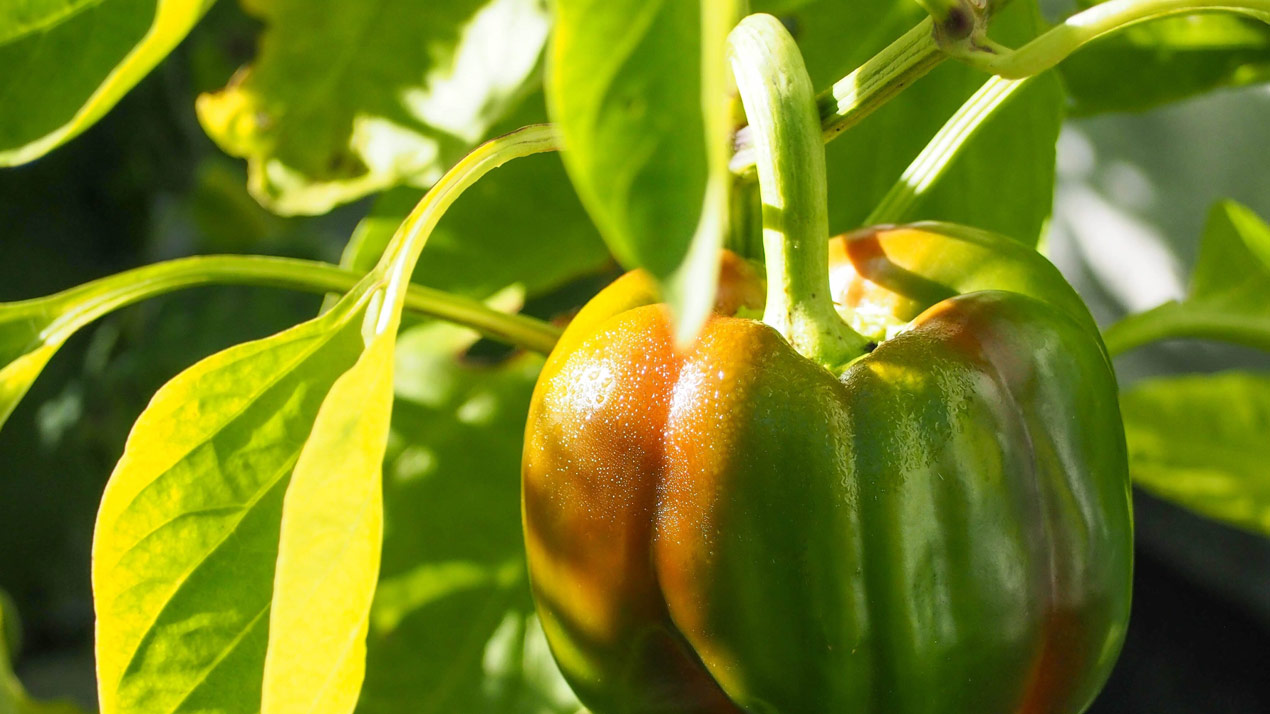Have you fancied growing your own vegetables? Sewing your own salad leaves? Cultivating your own cucumbers? Tending your own tomatoes? If you have, but you’ve not been sure where to even start, you’re in the right place.
If you’re a complete beginner, we have all the essential tips and tricks you need to get your vegetable garden thriving. It doesn’t matter whether you’ve got a window box, a plant pot or raised garden beds, all you need is a bit of ambition to get those green fingers in action!
How do I grow my own vegetables?
It’s not hard to grow your own vegetables if you start today. All you need is a window box or bit of garden space, nutrient rich soil, easy-to-grow seeds such as tomatoes or lettuce, and a sheltered but sunny spot to let them bloom.
Now, although it may sound easy, growing your own vegetable garden is a learning curve. It takes time and patience, with a little splash of love too. It’s important to take your time and allow your seedlings, as well as your gardening skills, to prosper. However, we’ve curated a selection of easy to grow vegetables so you can slowly dip your toe into the world of gardening.
And in as little as four weeks, you could have vegetables ready to eat! There’s no more rewarding feeling than eating delicious vegetables that you’ve tended and cultivated yourself. And there are plenty more fulfilling reasons to grow your own vegetables too.
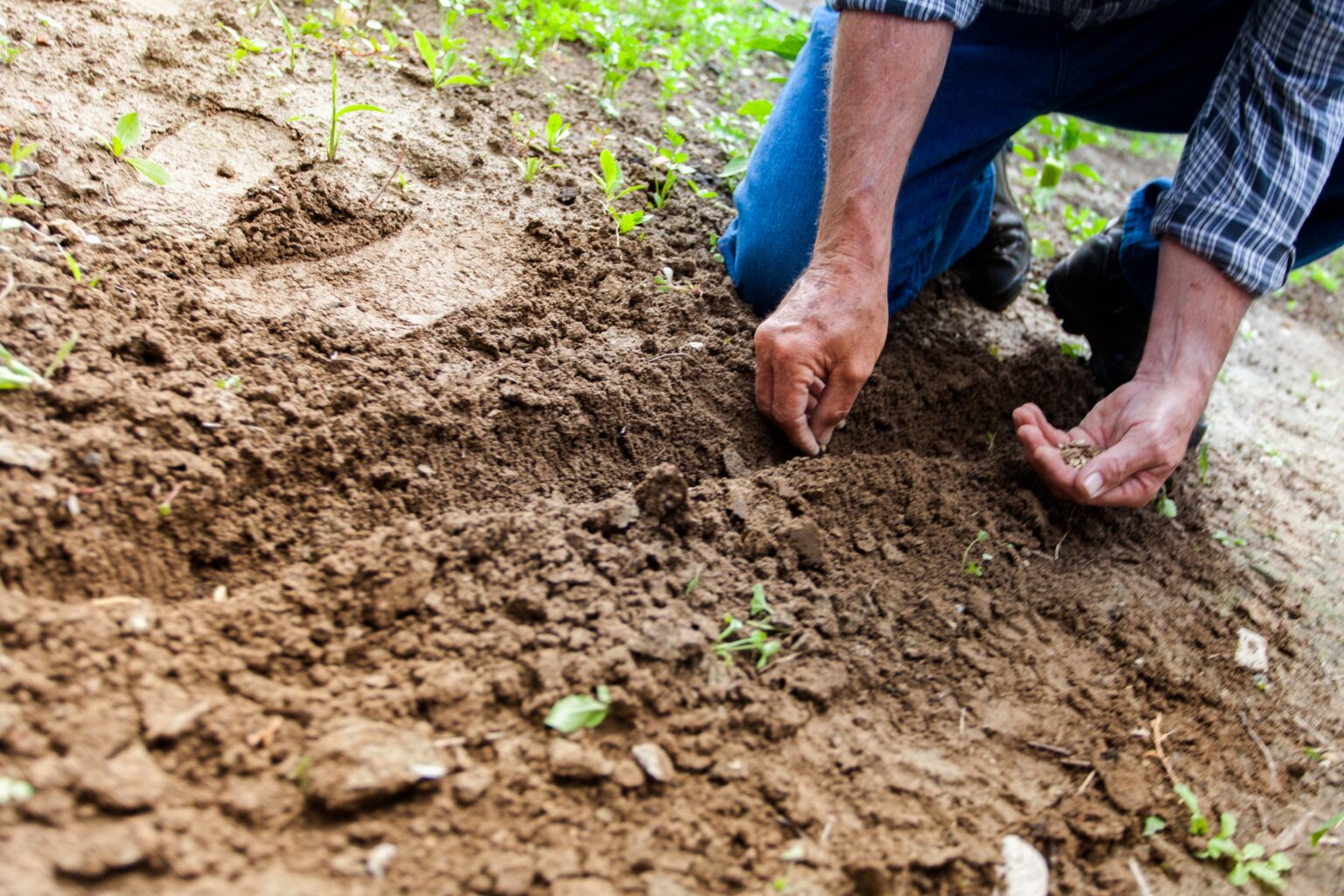
Reasons to grow your own vegetables
Growing our own food can be one of the most valuable past times in our lives. From placing the seedling in soil, to eating your own homegrown veg, there’s a lot of rewarding aspects of cultivating your own produce.
It’s a common goal for people all over the world to want to grow their own vegetables. But before you take your first step into uncharted territory, it’s worth knowing why we humans love growing veg so much. Other than delicious and nutritious meals of course!
Physical & mental health benefits
The majority of the vegetables you find in supermarkets have spent days being processed, distributed and shipped. On that long journey, they lose precious nutrients and flavour they’d usually have. When you grow vegetables in your own home, you get the benefits of untampered nutrients and unique flavours.
Although you may already know, fruit and vegetables are amazing for your health–physically and mentally. One research paper has explained this further, suggesting the high concentration of vitamins, minerals and antioxidants in vegetables will help prevent chronic diseases (cardiovascular diseases, respiratory problems etc) and mental health problems (depression etc) too.
Self-supporting yourself & your home
Nothing feels better than getting something for free. Especially when it’s a sustaining and mouth-watering vegetable. But particularly during the Covid-19 era, when food security in homes saw a decline, growing your own vegetables was the hope and saviour for many people.
One research paper suggested that people who took part in home-growing vegetables felt lower levels of food insecurity, but they also found that they had a higher well-being too. Supporting your family with food security and positive wellbeing is certainly one of the easiest reasons to get behind growing your own veggies.
Helping the environment
When you seed and grow your own veg, you’re reducing the impact of global distribution and shipping on the environment by keeping it at your doorstep. The impact of this is difficult to see or feel, so it’s important to remember you’re reducing the amount of pesticides in use too.
In farming, chemical pesticides are used to treat crops, however they easily contaminate the ground, water and air. By growing your own vegetables, you decide exactly what goes into the crops, lessening the impact of pollutants on the environment.
Encouraging the next generation
A lot of young people are at risk of obesity and malnutrition due to lack of exercise and vegetables; the many benefits of growing your own veg can counteract this.
Already, over 1.5 million children in 90% of UK primary schools are involved in some sort of gardening. This is fantastic news! But ensuring you teach your children about the benefits of home growing vegetables will keep this trend growing, giving them a healthier and positive outlook for the future.
Deciding where to grow your veg
Vegetables require different levels of sun to grow optimally, so it’s important to consider how much sunlight your veg will get. Their roots also need plenty of space to grow and establish, so it’s equally as crucial to think about what your plants will be living in.
Growing in pots on a patio
With limited outdoor space, or no green space at all, growing in pots is a simple option to get your veggie growing days kick started. You can get a selection of pots from your local garden centre, and even move them when more sun is needed for your vegetables. Transform your patio into a vegetable garden haven with some simple, yet effective natural stone paving slabs.
In a window box
Window boxes are common in flats and apartments, and give even the urban city dweller the chance to be green fingered. You can grow the most beautiful blooming herbs and crops from even the most basic of window boxes. Make sure to consider what sunlight the window box gets and choose the appropriate vegetable to match!
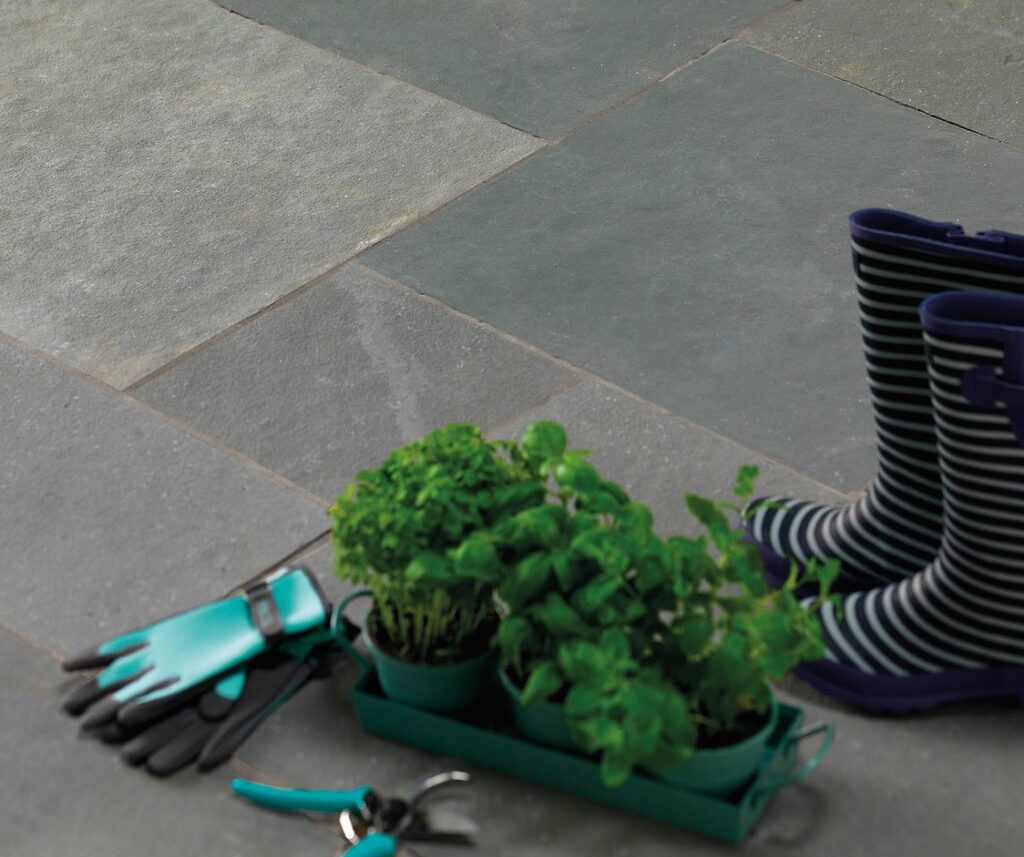
In your garden (vegetable patches, borders & raised beds)
With a garden, you can have a variety of areas where you can easily grow vegetables. Lots of houses come with predefined vegetable patches. But it’s equally as easy to create garden borders for your vegetables with some garden edging. Raised beds can also give your garden a modern, organised look, whilst also giving you easy all-round access to your veggies.
In a greenhouse
A greenhouse is an essential tool for those looking to expand their gardening habits. Before the last frost, a greenhouse gives you a safe and warm place to nurture your seedlings so they can be planted out when summer comes around.
The easiest vegetables you can start growing
There’s a massive range of vegetables out there, from arugula to zucchini. Don’t let the vastness of veggie species intimidate you, there’s a great selection of easy-to-grow vegetables that are ideal for any space you have!
Lettuce & Salad Leaves
Salad leaves and lettuce are versatile, nutritious and packed with flavour. They’re also incredibly easy vegetables to grow, with some plants coming in within four weeks. Find seeds in your local shop and sow in regular intervals for a full salad bowl throughout summer.
Sun: Requires full sun
Position: Greenhouse, patio, window sill garden
Size: 15cm height, 15cm wide
Sow: March – September
Harvest: May – October
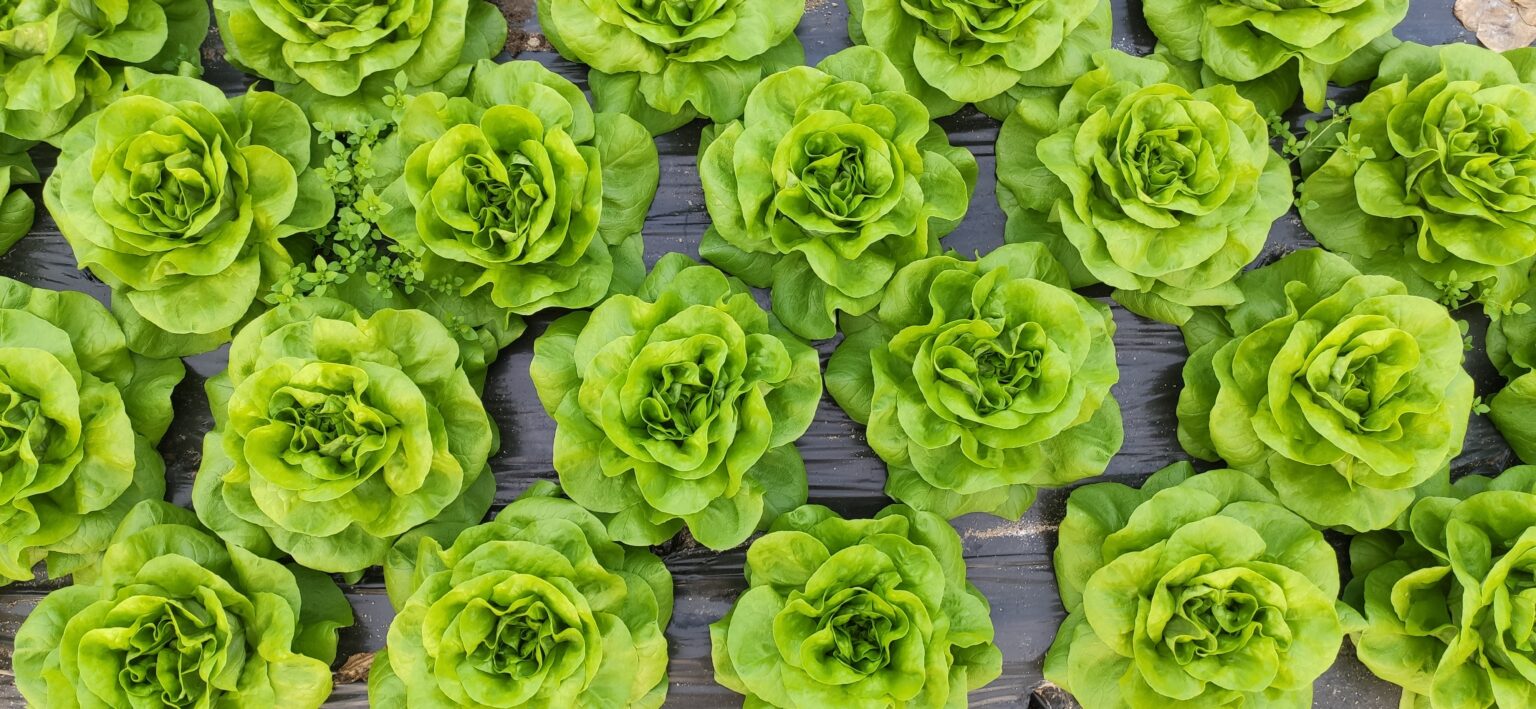
Radishes
Radishes are a fantastic peppery-sweet addition to salads. They’re colourful bulb-shaped vegetables that sow directly into the ground and grow fast. You can grow from seed or find already established (seedlings) varieties.
Sun: Requires full sun
Position: Patio, window sill garden
Size: 15cm height, 10cm wide
Sow: March – September
Harvest: May – October
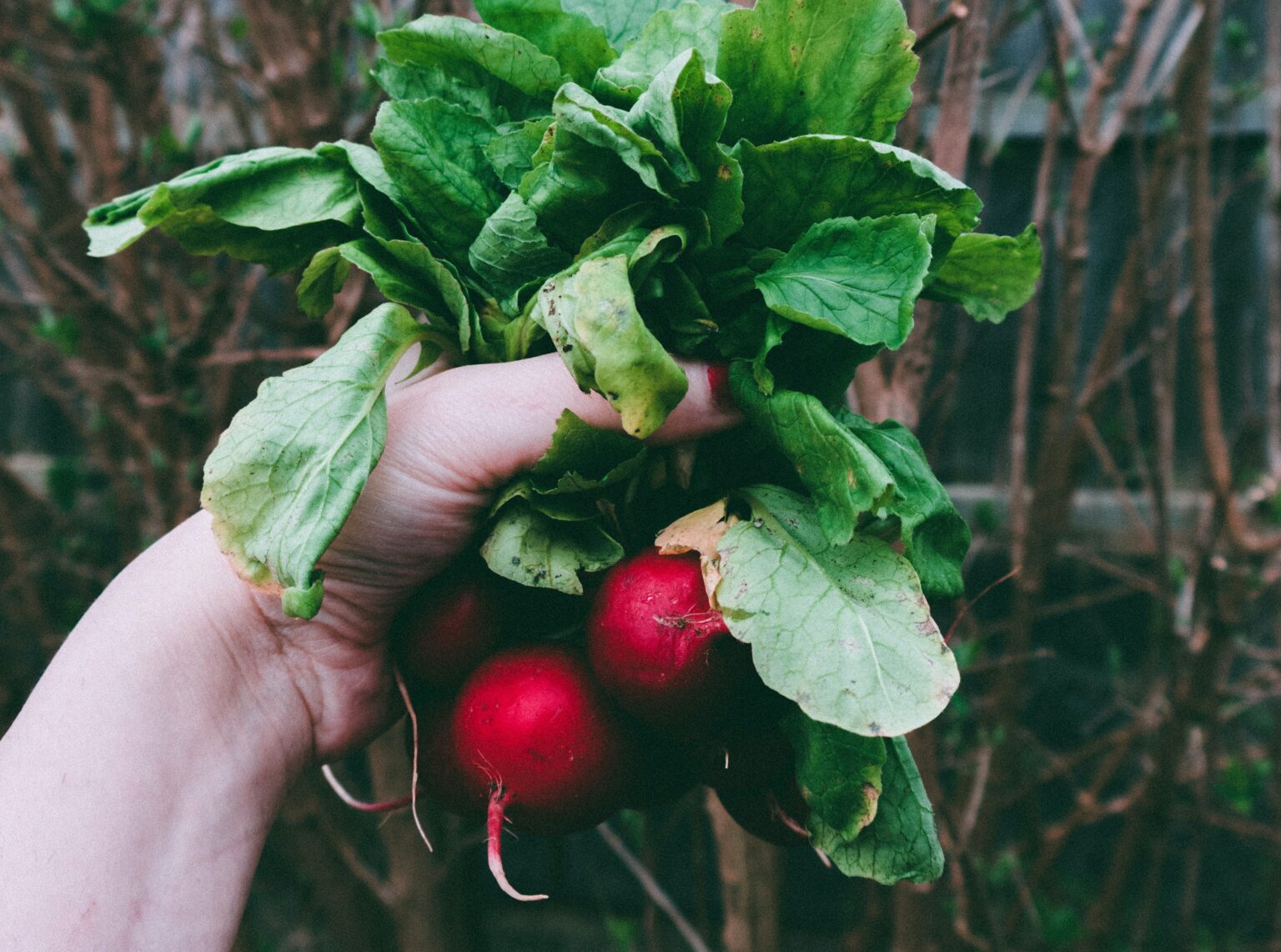
Curly Kale
Curly kale is a staple of the classic British Sunday roast, but it’s just as tasty on a salad too. Similar to salad leaves, this leafy cabbage veg grows quickly, sometimes in less than two months. The textured and vitamin rich vegetable doesn’t need much attention, so it’s perfect for beginners.
Sun: Full to partial sun
Position: Garden soil, outdoor pots
Size: 30cm+ tall, 30cm+ wide depending on species
Sow: March – June
Harvest: September – March
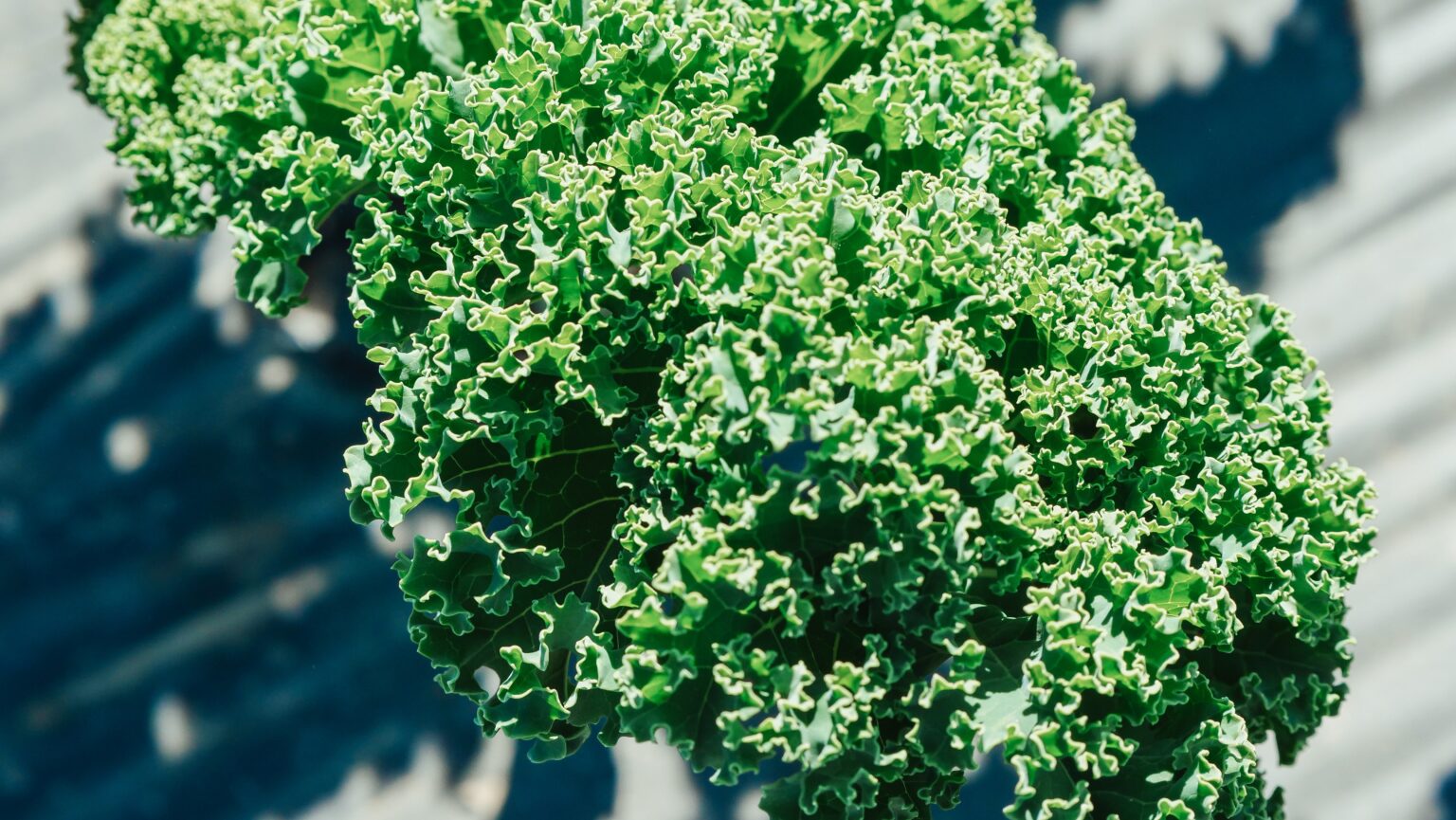
Beetroot
Beetroot is another one of the fun superfoods you can grow in your own back garden. These rich, earthy root vegetables are fantastic for pickling and salads, and are known for being rich in antioxidants. And they’re easy to store too, so it’s worth growing beetroot to have them available all year round.
Sun: Full sun
Position: Raised beds, vegetable patches or large containers
Size: 60cm height, up to 30cm wide
Sow: March – July
Harvest: June – October
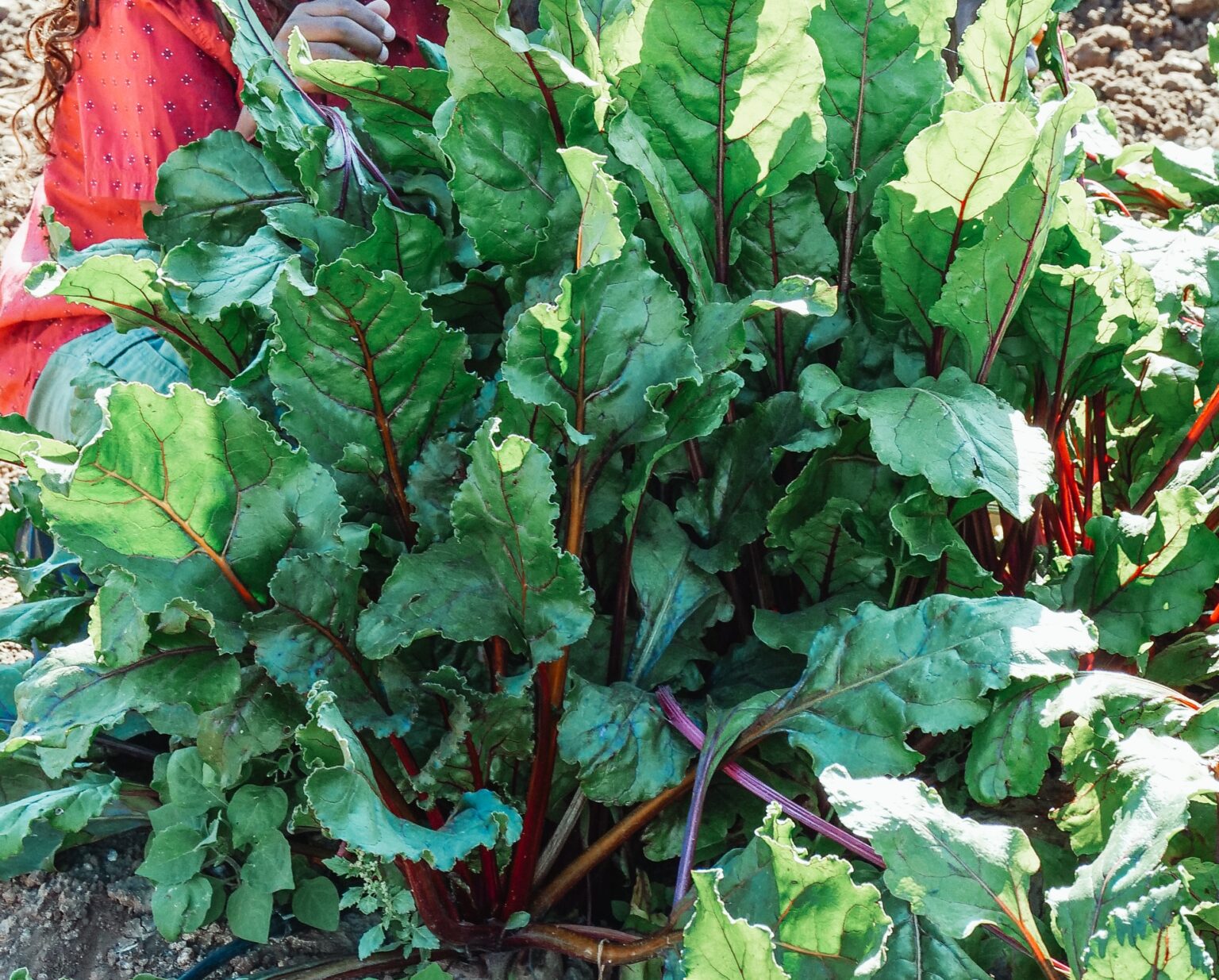
Tomatoes
Growing your own tomatoes is incredibly rewarding as you get masses upon masses of fresh, delicious tomatoes up until the first frost of winter. To get the most out of your tomatoes, grow your seedlings inside in a warm, sunny spot and plant them outside in June or July. There’s a variety of tomato species out there, so you can have lots of fun growing your own year on year.
Sun: Full sun
Position: Containers (small crop), raised beds, vegetable patches
Size: up to 2m in height, up to 1m wide
Sow: Feb – April
Harvest: July – October
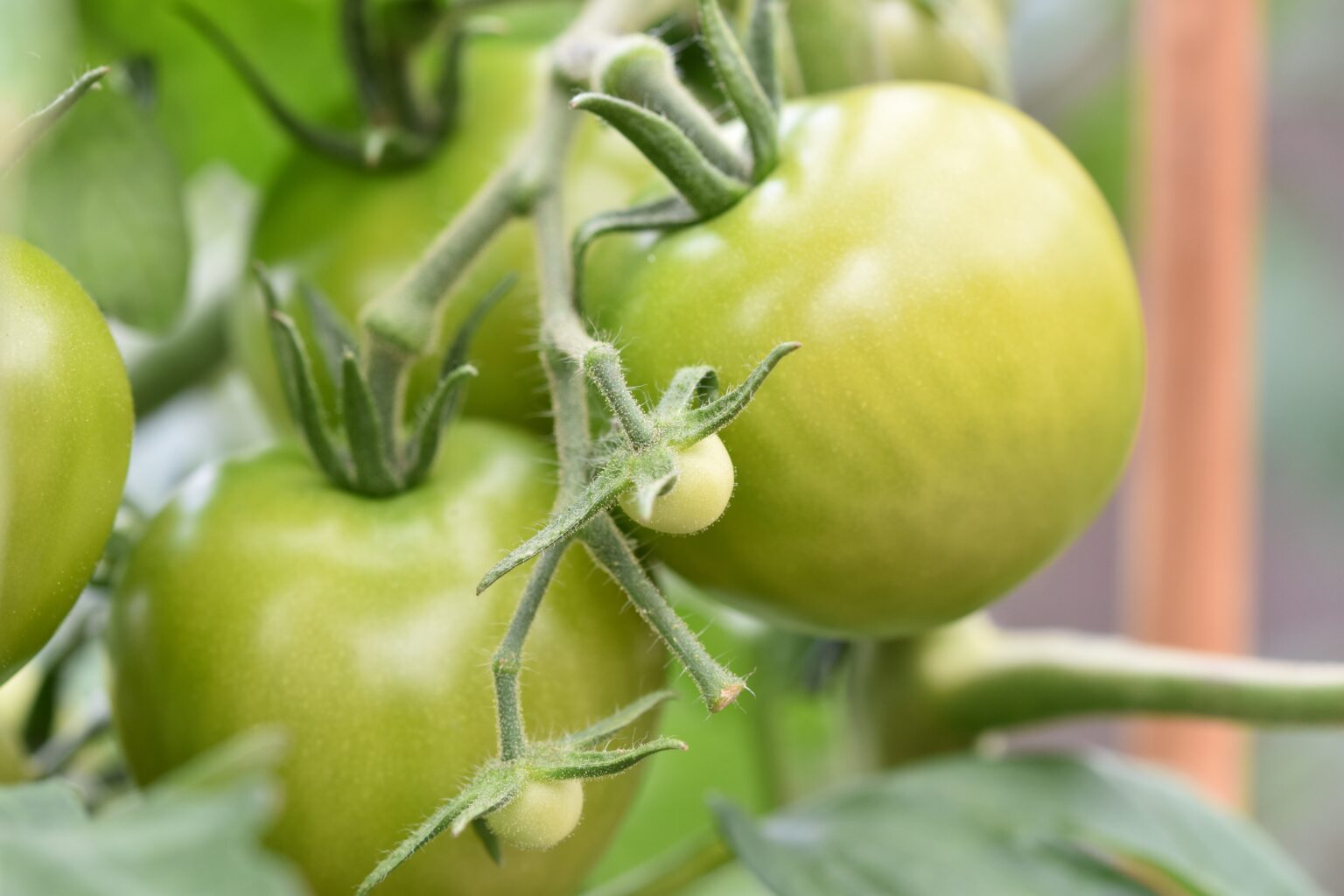
Beans and Peas
Runner beans, sugar snap peas, broad beans, French beans–there are so many types of delicious beans you can grow in your garden! And it’s possible to grow them in a pot too, as long as they’re basking in the sun all day. Make sure to sow seeds regularly so you get a succession of crops over the summer.
Sun: Full sun
Position: Containers, raised beds, vegetable patch
Size: Up to 90cm height, 15cm to 30cm wide
Sow: April – May (or plant in pots indoors throughout Spring)
Harvest: June – October
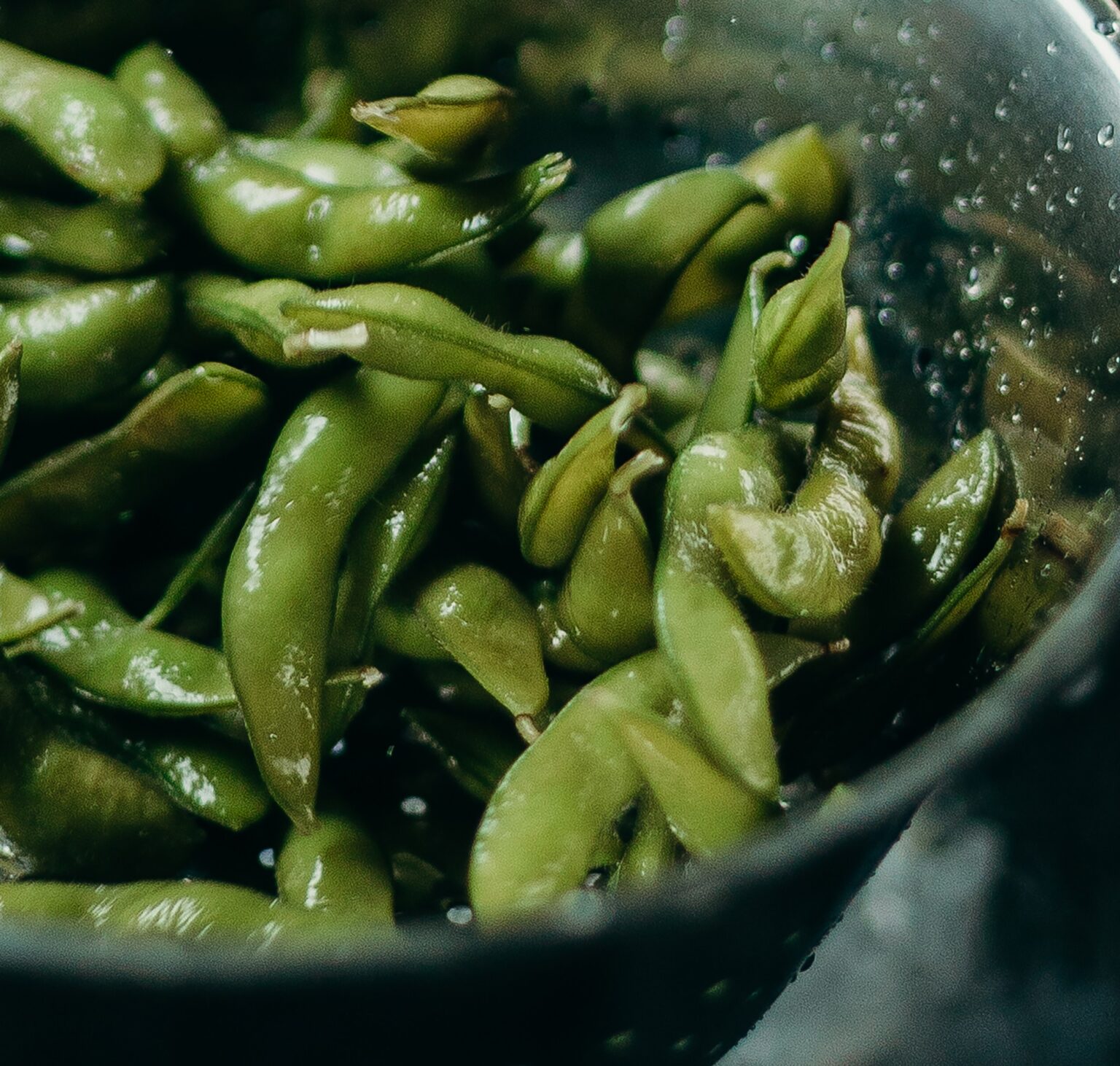
Hardy Herbs
As you very well know, there’s a variety of herbs out there. All with their own little quirks, scents and unique flavours. The easiest herbs do well being grown indoors and then planted outside, or just kept in pots on a sunny windowsill for all year round herby goodness. Perfect for someone with little to no outside space.
Easy herbs to grow: Basil, mint, chives, parsley, dill, coriander
Herbs to avoid as a beginner: Lavender, thyme, rosemary, sage
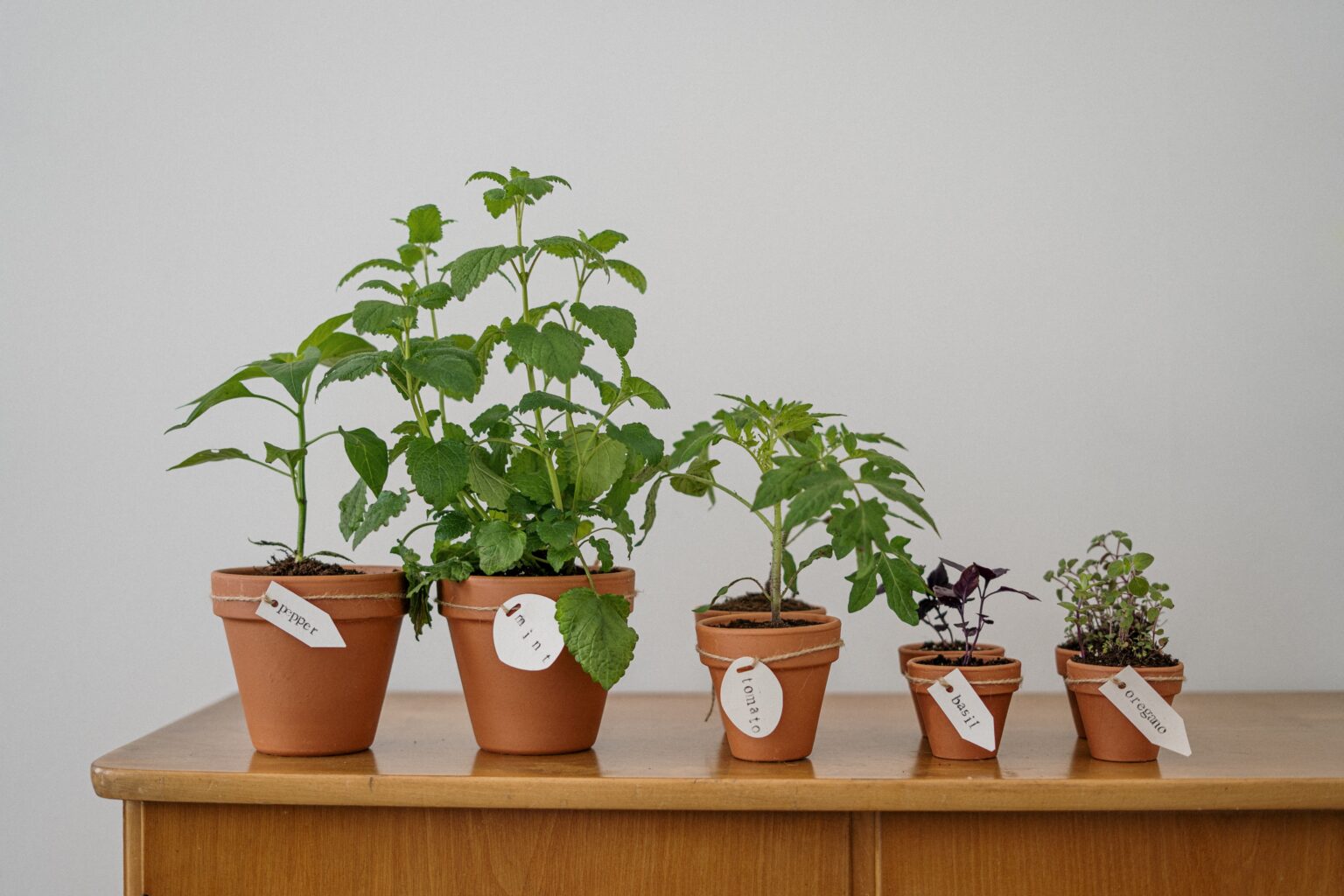
Onions
Onions really are a kitchen staple, they’re fantastic for soups, stews, pastas, salads and just about anything! They grow and store well too, so you can enjoy home grown onions all year round. You can grow straight from seed, or plant in sets to get ahead of the game.
Sun: Full to partial sun
Position: Containers, borders, raised beds, vegetable patch
Size: 25cm height, 10cm wide
Sow: March – April
Harvest: July – September
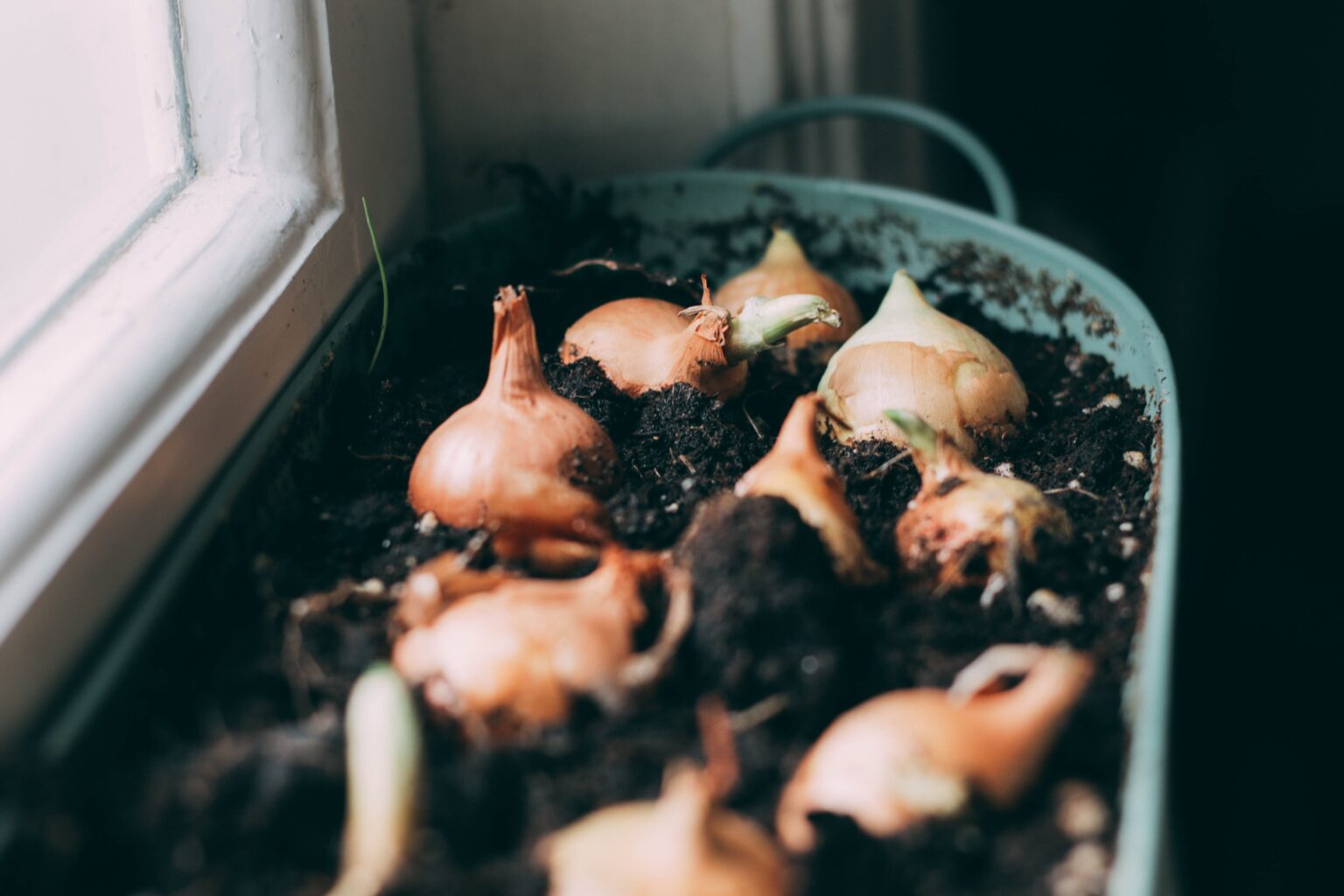
The next steps to take
Following these steps will get you on your way to having the best vegetable garden. Who knows, in a year’s time you could be growing harder veggies like aubergines and cauliflowers? But for now, focus on getting your home and garden ready.
If you are ready to get started, it’s time to go to your local supermarket or garden centre to find your seeds, compost, tools and pots. During springtime and summer these will be more readily available, with pre-prepared bulbs (i.e. onions) and seedlings there to help make it a bit easier for you.
Related Products & Articles
If you found this article helpful, and you are interested in preparing your garden space for containers and vegetable gardens, you may want to look at the following products to improve your garden space:
Grey Paving Slabs
Stone Effect Paving Slabs
Porcelain Paving Deals
You may also want to do some extra reading on how to improve your garden space with the following articles:

 Free Delivery Available – 24 Hour Despatch
Free Delivery Available – 24 Hour Despatch



